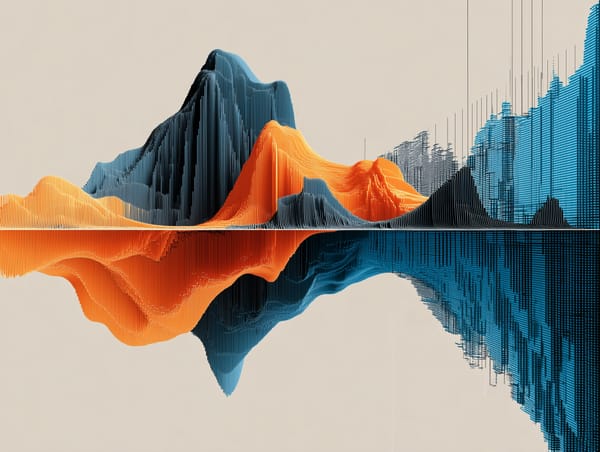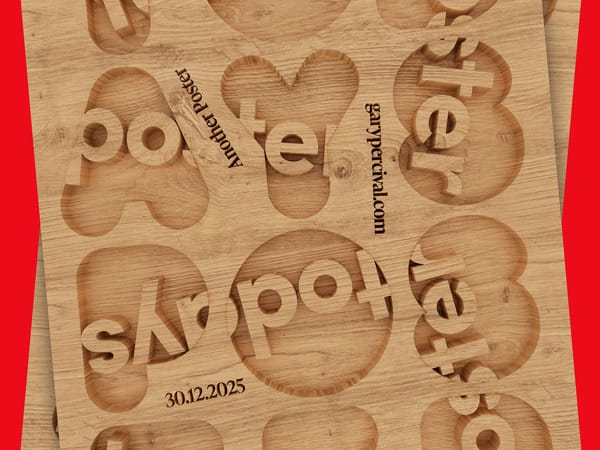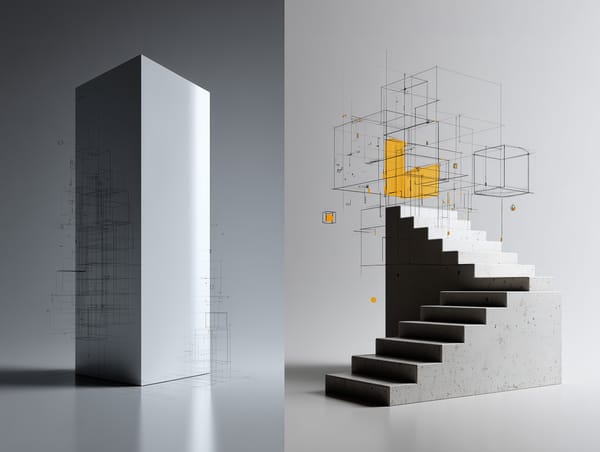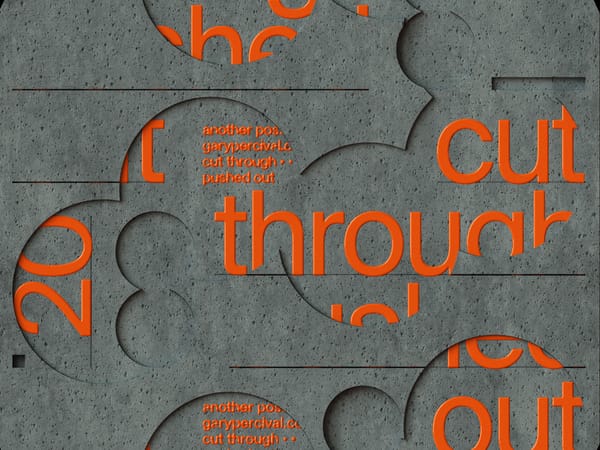Stop Chasing What’s Missing. Maximise What’s Here
"While you’re chasing what’s missing, you’re often underusing the opportunities already in front of you."
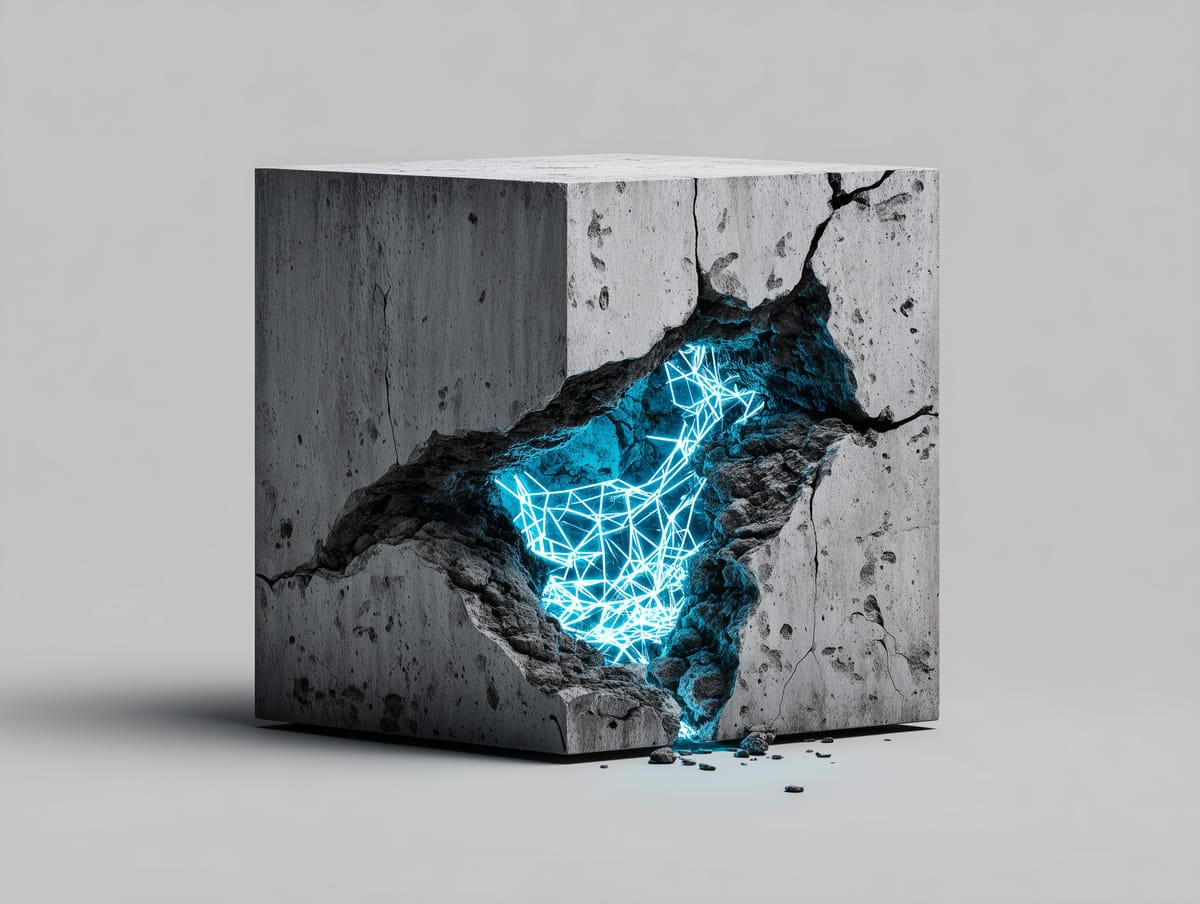
Freelancers and creatives live with a constant hum of “not enough”.
Not enough clients.
Not enough time.
Not enough visibility.
Not enough money.
It’s easy to look at your situation and fixate on what’s missing: the project you didn’t land, the opportunity someone else got, the tool you don’t have yet.
But here’s the catch: while you’re focused on what’s absent, you’re underusing what’s already present.
The opportunities, relationships, skills, and tools in front of you right now are often more powerful than the distant “if onlys” you’re chasing. When you stop obsessing over gaps and start maximising what’s here, you realise you already have more than enough to move forward.
The Illusion of “Missing”
Our brains are wired to spot what’s absent. It’s a survival instinct. Thousands of years ago, noticing the missing sound of birdsong might have signalled a predator nearby. The tendency to hunt for gaps kept us alive.
But in creative work, that instinct sabotages progress.
- You compare your design practice to someone else’s and see only what you lack.
- You scroll feeds and assume everyone else has better clients or shinier studios.
- You measure yourself against an ideal portfolio and feel perpetually behind.
This creates an illusion: that you can’t succeed until you fill every gap. But no creative starts with perfect conditions. Every portfolio has holes. Every freelancer has dry spells. Every designer has tools they don’t own yet.
Waiting until everything is “enough” is a trap. Progress doesn’t come from completing the set. It comes from maximising the set you already have.
What Maximising Really Means
Maximising isn’t pretending challenges don’t exist. It’s shifting focus.
- Instead of wishing for more clients, nurture the ones you already have.
- Instead of chasing a bigger portfolio, polish and promote the work you’ve already done.
- Instead of waiting for the perfect tools, master the ones you already own.
Maximising is resourcefulness in action. 'It’s saying: I may not have everything, but I’ll get the most out of what I do have.'
This mindset shift is liberating. Scarcity thinking keeps you chasing. Resourceful thinking keeps you creating.
The Cost of Chasing What’s Missing
The cost of chasing is subtle but steep.
- You waste energy. Obsessing over what you don’t have drains the focus you could put into what you do.
- You neglect the present. Current opportunities get half your attention because you’re scanning for new ones.
- You stall momentum. You can’t build on today if you’re always leaning toward tomorrow.
The irony is that chasing what’s missing feels productive—scrolling jobs, buying new software, watching tutorials. But most of the time, those actions delay the very progress you’re seeking.
Chasing what’s missing doesn’t prepare you. It weakens you.
Borrowed Eyes: Spotting Abundance
You’re too close to see what you’re underusing.
That’s where borrowed eyes help.
- Clients remind you of past wins—nudging you to ask for more.
- Peers point out portfolio pieces stronger than you realise.
- Mentors highlight patterns you’ve overlooked.
- Non-creatives see obvious value in your skills that you dismiss as “too basic”.
What feels ordinary to you often feels extraordinary to someone else. Borrowed eyes widen your view. They reveal that you already have more at your disposal than you think.
How to Maximise What’s Here
Practical ways to shift focus:
- Double down on existing clients. They’re your warmest leads. Ask: What else could I solve for them? Is there another department that might benefit from my work?
- Refine and reuse your portfolio. Update older projects, and share them again in new formats. A refreshed case study can attract as much attention as something brand new.
- Share in progress. That half-finished poster or rough type experiment? Put it out there. Visibility comes from touchpoints, not just masterpieces.
- Master your tools. Before buying another plugin, ask: Have I fully explored the ones I already own? Many breakthroughs come from depth, not breadth.
- Strengthen relationships. Reconnect with contacts. Thank past collaborators. Opportunities often emerge from people already in your circle.
Each of these actions compounds. The more you invest in what’s here, the more it multiplies.
Why We Resist
If maximising is so powerful, why resist it?
- Novelty bias. New feels exciting; familiar feels dull.
- Ego. Small opportunities don’t look glamorous enough to showcase.
- Fear. It feels safer to dream about “someday” than to risk failure today.
- Comparison. Our current resources don’t look as shiny as someone else’s.
But the creatives who thrive are the ones who resist the pull of elsewhere and focus relentlessly on here.
How Maximising Builds Momentum
Momentum doesn’t come from a big break. It comes from compounding small actions.
- Opportunities expand. Clients trust you more. Word of mouth spreads.
- Skills sharpen. Each project, even small ones, deepens your craft.
- Visibility grows. Consistency of output beats the occasional masterpiece.
Momentum builds not from the size of your opportunities, but from how fully you use them.
Balancing Ambition and Presence
This isn’t about abandoning ambition. Ambition matters. Looking ahead matters. But ambition without presence is empty.
Think of it like design: the vision sets direction, but the execution happens pixel by pixel, line by line.
You need both. But if you ignore the present for the promise of the future, you’ll never reach it.
Closing Perspective
Freelancers, graphic designers, and creatives face endless temptation to chase what’s missing: a bigger client, a better portfolio, a flashier tool.
But growth rarely comes from elsewhere. It comes from here—from doubling down on opportunities, relationships, and resources already within reach.
Stop chasing elsewhere.
Start using here.
Because what you build today isn’t just enough. It’s the foundation of the future you’re after. And if you ignore it, you risk wasting the very opportunities that could carry you forward.
